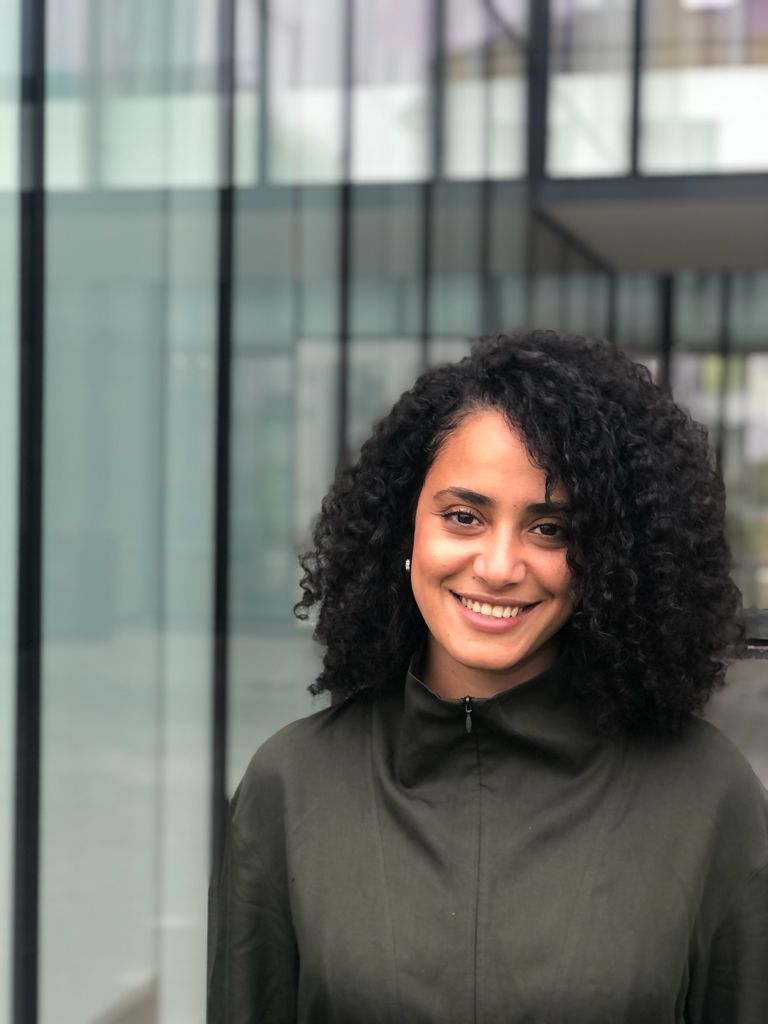She is filmmaker, storyteller, screenwriter and also, the INDCOR Social Chair and the Virtual Networking Manager. From Barranquilla (Colombia), with a double PhD from the University of Genoa (Italy) and Universidad del Norte (Colombia), she moved to Germany to be Artist-in-Residence at Schloss Solitude Akademie. Together with six Virtual Mobility grantees, she will be working on a virtual strategy to improve the networking of the INDCOR members.
How did you know about INDCOR?
I joined the Interactive Digital Storytelling community through our conference ICIDS of 2015 in Copenhagen. At the time, I was in the first year of my PhD in Digital Humanities at the University of Genoa (Italy), and as a filmmaker and storyteller, I was interested in interactive ways to tell stories. The academic conference and the art exhibition of that year literally opened a new world for me. A great number of colleagues from this community are now working on a new frontier of the field of interactive digital narratives, that is the representation of complexity, INDCOR. When I heard about using IDNs to analyze complexity, at the first edition of the ZIP-SCENE conference in Budapest, my mind was overwhelmed about all the possibilities that IDNs offer us to understand our world.
What does it mean to be the Social Chair?
This position came up with the pandemic situation, and the need to gather the members of our action to meet each other and discuss relevant topics for our work. Collaborations, papers, projects, new ideas often are generated in relaxed environments, the breaks in the conference, a networking dinner, a walk, so the social chair position was intended to generate these spaces online. We started to use gather.town to make the meetings, and probably some of you can remember the first INDCOR social when we were banned by Facebook for promoting our keynote speakers on conspiracy theories narratives. With this position that now has become Virtual Networking Support Manager, my main goal is to facilitate the networking between the members of the action, for the production of knowledge, but also to create new unexpected synapses in our network.
How is your research related to Interactive Digital Narratives?
I come from a communication sciences background, I have worked in radio for many years, and simultaneously I have worked as a documentary filmmaker. My career has always been a negotiation between the artistic path and academia. In my city, Barranquilla in Colombia, I started teaching the first course on audiovisual narratives and new media, back in 2013. This is how I started doing research but also producing interactive video stories, some with my students, and some on my own. In 2014, with the hype of 360º video, and interactive 360º video, I started to get close to virtual reality research. And my PhD thesis is precisely about “Interactive Fiction in Cinematic Virtual Reality“, I would say in the heart of IDNs.
As an artist, where can we see you work?
Some of my artistic work can be found on my online portfolio Xeh Reyes. However, recently with my VR projects I’ve been facing an issue very well-known for new media artists, and that is the obsolescence of the platforms, hardware and software that we used to create our work. I’m working together with the team of the authoring software that I used to create my projects to find a way to reproduce my work on newer VR headsets.
You are involved in the Virtual Networking Support Team for INDCOR. What is the main goal of this group?
This opportunity was born thanks to the Virtual Networking Tools that COST habilitated last year due to the pandemic. Together with the Virtual Networking manager and six Virtual Mobility grantees, we are about to implement a very complete strategy to improve the networking between the action members. The strategy includes the organization of our asynchronous and synchronous networking tools as Google Drive and Discord, but also new online activities as workshops and training sessions with external stakeholders, and in general improved procedures to work on our field and publish our results. This is a dream team formed by early-career researchers with great ideas and energy to boost the action.
